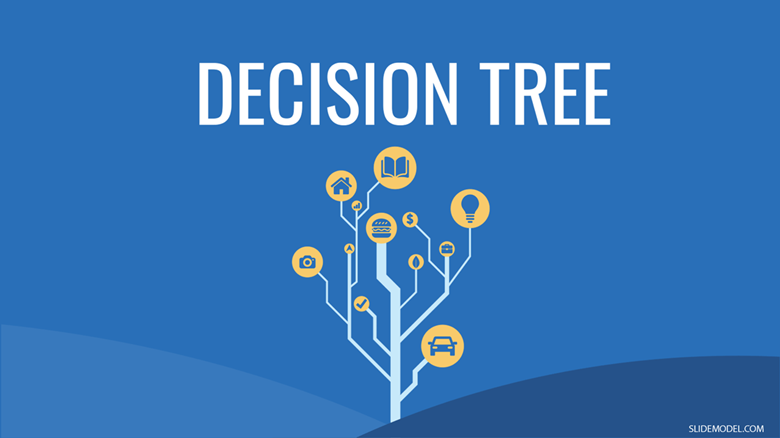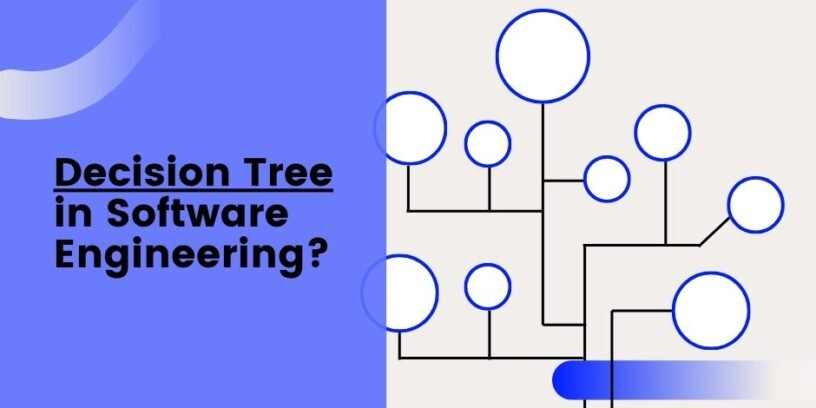Table of Contents
Introduction
Hey there, tech enthusiasts! Today, we’re diving into the fascinating world of decision trees in software engineering. If you’re a software developer, data scientist, or just someone curious about the tools that drive decision-making in tech, this one’s for you. We’ll break down what decision trees are, how they work, and give you some real-life examples to show just how powerful and versatile they can be. So, let’s get started!
What is a Decision Tree?
A decision tree is a flowchart-like structure that helps in decision-making processes. It breaks down complex decisions into a series of simpler choices, making it easier to understand and visualize the path to a solution. Each node in the tree represents a decision point, while the branches represent the possible outcomes of those decisions.
Think of a decision tree as a map for making decisions. Just like you’d follow a map to get to a destination, a decision tree guides you through a series of decisions to reach the best outcome.
Why Use Decision Trees in Software Engineering?
Decision trees are incredibly useful in software engineering for several reasons:
- Simplicity and Clarity: They provide a clear visual representation of the decision-making process, making it easy to follow and understand.
- Versatility: They can be used in various stages of software development, from planning and design to testing and deployment.
- Efficiency: They help in identifying the most efficient path to a solution, saving time and resources.
Real-Life Example: Bug Triage
Imagine you’re working on a large software project with a team of developers. Bugs are inevitable, but how do you decide which ones to fix first? This is where a decision tree can be a lifesaver.
- Initial Node: The decision tree starts with the initial node – the discovery of a bug.
- Severity Assessment: The first decision point could be assessing the severity of the bug. Is it critical, major, or minor?
- Impact Analysis: Next, evaluate the impact. Does it affect a large number of users or a specific feature?
- Resource Availability: Consider the resources available. Do you have the necessary team members and time to fix it immediately?
- Prioritization: Based on the above decisions, you can prioritize which bugs to address first.
This structured approach ensures that the most critical bugs are fixed promptly, improving the overall quality of the software.
How to Create a Decision Tree
Creating a decision tree involves a few straightforward steps:
- Define the Problem: Clearly state the problem or decision that needs to be made.
- Identify Possible Decisions: List all possible decisions or actions that can be taken.
- Evaluate Outcomes: For each decision, determine the possible outcomes and their implications.
- Build the Tree: Start with the initial decision node and branch out to subsequent decisions and outcomes.
- Analyze and Optimize: Review the tree to ensure all possible scenarios are covered and optimize for the best outcome.
Real-Life Example: Feature Implementation
Let’s say you’re a product manager deciding which new feature to implement in the next software update.
- Initial Node: The decision to add a new feature.
- User Demand: First, assess user demand. Are users frequently requesting this feature?
- Technical Feasibility: Check if the feature is technically feasible with the current system architecture.
- Resource Availability: Determine if you have the resources – time, budget, and manpower – to implement the feature.
- Business Impact: Evaluate the potential business impact. Will this feature increase user engagement or revenue?
By following this decision tree, you can systematically evaluate and prioritize new features, ensuring that you focus on what’s most beneficial for your users and your business.

Benefits of Decision Trees
- Improved Decision-Making: Provides a structured approach to making complex decisions.
- Transparency: Makes the decision-making process transparent and easy to follow.
- Risk Mitigation: Helps identify potential risks and their impact early in the process.
- Scalability: Can be easily scaled and adapted to different projects and scenarios.
Real-Life Example: Choosing a Development Framework
As a software engineer, choosing the right development framework can be daunting. Here’s how a decision tree can help:
- Initial Node: Decision to choose a development framework.
- Project Requirements: Assess the specific requirements of the project. Does it need to be highly scalable, secure, or fast?
- Team Expertise: Consider the expertise of your team. Are they more familiar with React, Angular, or Vue.js?
- Community Support: Evaluate the community support and resources available for each framework.
- Long-Term Maintenance: Think about long-term maintenance. Which framework will be easier to maintain and update in the future?
Using a decision tree, you can systematically evaluate your options and choose the framework that best meets your project’s needs.
Conclusion
Decision trees are a powerful tool in software engineering, helping to simplify complex decisions and ensure that you choose the best possible path forward. Whether you’re prioritizing bugs, deciding on new features, or choosing a development framework, decision trees provide a clear, structured approach to decision-making.
So next time you’re faced with a tough decision, try mapping it out with a decision tree. You might be surprised at how much easier it makes the process!
Happy coding!




Leave a Reply